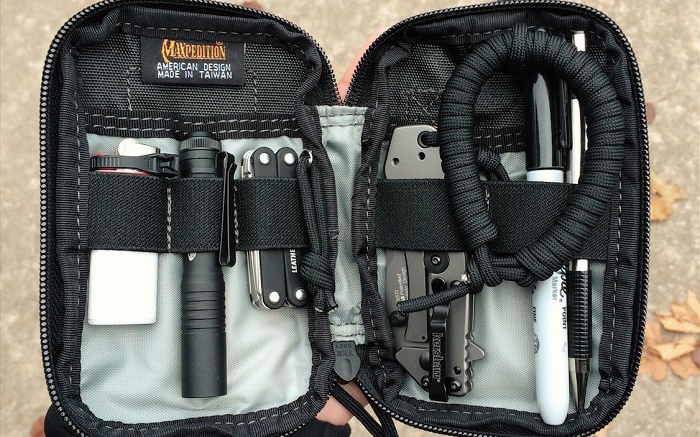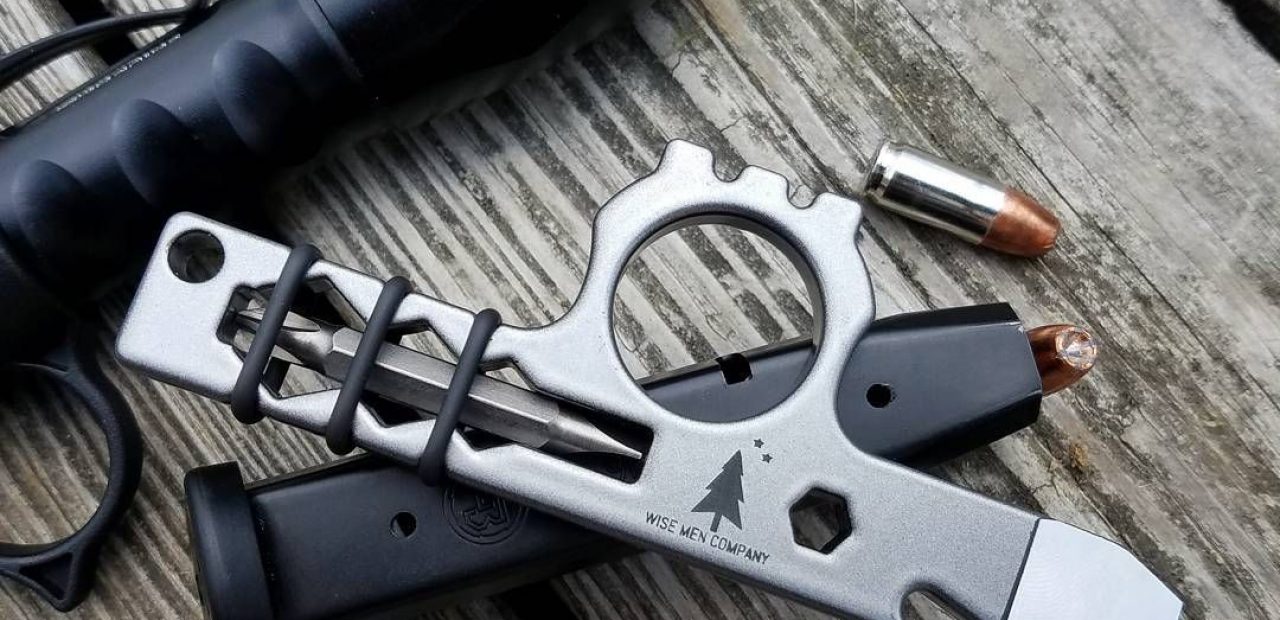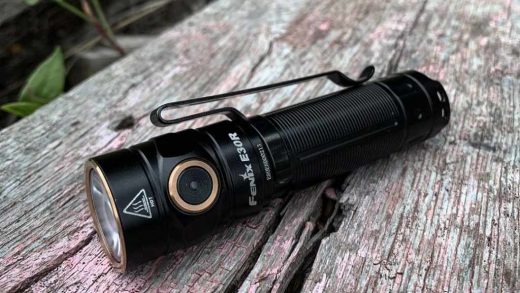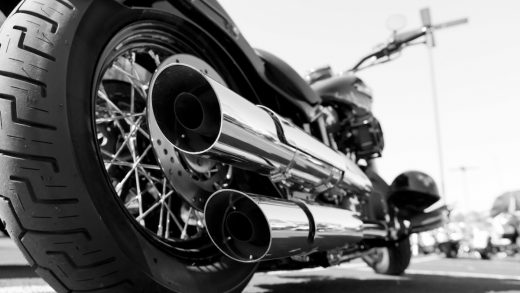A Simple Guide to Buying Tactical Backpacks and Pouches
If you’re someone who loves spending time outdoors, whether it’s biking, camping, hiking or hunting, then you probably own a fair amount of tactical gear and tactical gadgets. However, the things in your arsenal that might not be tactical, yet you take everywhere you go, are your backpack and pouch. Although a conventional backpack is perfectly fine for storing all of your items when you’re out in the wilderness, a tactical backpack does a little bit more than that.
These pieces of gear are made to be more durable. After all, they were initially meant for military use. Tactical backpacks can withstand any climate and weather condition, even extreme heat and cold, due to the fact that they’re made using heavy-duty materials, usually some sort of strong nylon. Furthermore, these tactical gadgets offer more storage space than regular backpacks, which generally feature one or two large compartments. They feature many smaller compartments that allow you to pack all of your possessions tidily so you can easily find them when you need them. The overall capacity of backpacks is measured in liters, but you should keep in mind that a larger backpack isn’t always better as it’s just going to slow you down and make you less mobile.

Lastly, you should consider how you are going to carry the tactical backpack and the level of support it provides. Of course, all backpacks feature shoulder straps, but tactical backpacks also feature a waist or sternum strap, and sometimes both. Moreover, a good tactical backpack offers a fair amount of back support, which can be incredibly important when carrying a lot of equipment for extended time periods. Without the proper support, you will be basically carrying a sack. The ideal tactical backpack should feel like it’s almost weightless when fitted properly.
Buying this piece of equipment won’t break your bank, although it is slightly more expensive than normal backpacks. There are higher-end models that cost more, but you should determine upfront how much you’re willing to spend for it before you even start looking, to save yourself time and nerves. Sticking to a budget can be really hard, especially if you find something you really like, so just leave a bit of wiggle room when determining how much money you want to spend on your new adventure ally.
As for the pouch, it needs to be rugged and big enough to hold all the things I need immediately accessible. You can attach it to your backpack and keep, for instance, your phone in it. You can also keep in it a little notebook that you might need if you happen to often take notes on your hikes and trips, which means it’s handy to have a pen pocket there too. Having numerous pockets, hooks/clasps, and carabiner with a lock on the outside make it easier to organize stuff inside it and keep them secure. You can also attach it to your waist belt of your backpack.
















